January 13th, 2024 Issue
Weeding Is A Matter Of Preference / Fermented Plant Juice (FPJ) Part 2 / Foraging- Violets / Float Fishing Lesson #15 Damselflies / Fly Tying Lesson #15 Picket Pinn
Weeding Is A Matter Of Preference
Weeding is one of those topics that can be so variable. What exactly is a weed? Most people would say a plant that is growing where it isn’t wanted. A volunteer tomato plant then can be labeled as a weed in some people’s gardens. Someone that is focused on perennial polyculture or permaculture is going to allow things to develop into more of a wild landscape, that is given some direction. Others, like myself, enjoy using a garden space almost like a canvas, and bringing to life a piece of art. So I tend to be very particular about everything that is growing and where it is. There is not a right way or wrong way in all of this. Some people’s gardens you have to search through the weeds to actually find what was originally planted. If someone is content with that arrangement, then nothing should be said against it.
If you have a preference, to just grow the intended plants on your garden plan, like myself, then when you start your garden that first season, you are starting out with a weed seed savings account. This is the only savings account, where you are actually rewarded for making withdrawals and never making deposits. I have areas of my garden where we have been so diligent to very rarely ever let a weed go to seed, that if I let the soil lay bare, maybe only three weed will germinate on 100 sq’. This is ideal, if the soil is going to be diligently covered with mulches, cover crops, or actual crops. But the weed seed saving account was put there so that the soil, if disturbed, would not lay unprotected. So if you are going to make the decision to deplete the seed bank, make sure you are diligent to keep it covered.
For those that intend to keep a garden weed free. I have a saying that I have found to be very true. Those that like to weed the least, will weed the most. I really enjoy weeding. At times I will go to friend’s homes and just weed in their garden. If you enjoy weeding, you will do less of it each season. If you hate weeding, and often let them mature and drop seed, then you will be worse off than when you started. If you are making large deposits, with compounding interest, then you will feel overwhelmed. If you are tenacious about it, then eventually you won’t have hardly any weeding to do. I am really glad I was tenaciously diligent for so many years, because now that I am getting older, I am feeling the reward for my efforts with less energy to offer.
When I am weeding, I will pull the weed and shake most of the soil off the root system. What is left clinging to the roots is really valuable microbiology. I personally don’t just drop the weed on the soil surface, adding to the mulch. I like to get them to my compost pile, so it can benefit from the minerals and biology that comes with it. The other reason I don’t just drop weeds, is because it then becomes difficult to tell what has been pulled and what hasn’t. When I am done it is very easy for me to go back and look at where I have weeded and see what I missed very quickly. Sometimes I will even tell my children that I will pay them a certain amount per weed if they can find anything I missed.
Someone might say, well why not just let thing grow more wild, like permaculture? If you have a large area to work with, that might be great. I have made as much as $40,000.00 on 5000 sq’. That is a little over one tenth of an acer. No one practicing permaculture can touch those kinds of yields. My goal was to learn to grow the most food, on the smallest space possible. So I could help a poor person, with access to only a tiny plot of land. Permaculture is a wonderful regenerative solution, but it just isn’t possible, for so many people that lack resources.
Sometimes I will let certain weeds get larger, because I want to use them for medicinal purposes. Or I will let them get larger so I have more material for the compost pile. I just don’t let them develop seed. I will also let some of my wild edibles develop in my premium garden soil, so they are more mineral dense as I harvest them.
If you do take the time to double dig your garden beds, you will soon discover that weeding is very easily accomplished, even with something as deep rooted as a dandelion. The deeply loosened soil structure make pulling them so much easier.
One of the things that a lot of gardeners have not recognized, are the different flushes of weeds each season. As the fall cools things off, there are certain weeds that will germinate and live under the snow. These you have to be very diligent with, because they germinate when everyone is getting burned out for the season, and will set seed very early in the spring, when many people are very busy getting other things ready. There are also the spring flushes and the hot summer flushes as well. The ones I have to be careful with the most are the overwintering ones. They can tend to get away from me if I am not careful.
Just remember what I said, there is no right or wrong in this matter. You don’t have to do things just the way I do, to have a fruitful garden. Only you can define for yourself what success will look like. The main thing is that your garden is a place, of not only bounty, but also inspiration. God bless your efforts!
The Regenerative Homestead Newsletter’s Main Index
This link will take you to a full Index, of all the articles that I have published, organized by topic. Making it very easy for you to go back, and revisit an article that you wanted to review again in the future.
I published this article in a separate newsletter last Tuesday. This link will take you to that newsletter.
If you know someone, that you think would enjoy this newsletter, please let them know by sharing it. Thank you!
Fermented Plant Juice (FPJ) Part 2
In our last article on KNF, we discussed FPJ. I cautioned you to make sure if you use this excellent fertilizer, that you don’t just spray it by itself. It was developed to spray with other ingredients in a mixture called Maintenance Solution. We will be going over those other ingredients in upcoming issues. I want to go into a little more depth about FPJ in this article.
FPJ made of citrus, should only be sprayed on citrus.
You never use a plant that is poisonous.
You have to use a dry sugar for the osmotic pressure to work. I like to use organic cane sugar, but you can use just regular brown sugar as well.
You want a plant that is disease free, lush, fast growing, cold hardy, and mineral dense. Two good choices are comfrey and stinging nettle. I use rhubarb in the videos, but prefer the others more.
Using unripe, immature fruits is considered an FPJ. Using ripe fruit, will make a fermented fruit juice, or FFJ, which I will be teaching you as well in the future.
The growth tips of blackberry and willow, make a very potent growth hormone. The closer you come to the very fine growth tip of a plant, the more growth hormone present.
I have a series of videos that take you through the whole process very carefully. There is a lot of detail covered in the videos that is not in these posts. Having the visual content I feel is important for you to learn to do this properly. Some of these extra points I made in todays post, were things that I had neglected to cover when making the videos.
Video #1 Collecting Plant Materials Early In The Morning
https://rumble.com/v15avwj-making-fermented-plant-juice-part-1.html
Video #2 Mixing Proper Proportions To Start The Ferment
https://rumble.com/v16gkmn-making-fermented-plant-juice-part-2.html
Video #3 Extracting The Juice From The Ferment
https://rumble.com/v177gi9-making-fermented-plant-juice-part-3.html
Video #4 Making Sure The FPJ Is Super Saturated With Sugar
https://rumble.com/v17wnd7-making-fermented-plant-juice-part-4.html
This Was A Separate Video Discussing How I use FPJ For Personal Use
https://rumble.com/vxfebg-making-fermented-plant-juice-fpj.html
Violets
One of my favorite wild flowers to add to my salads are the violets. There are several different species of wild violets, and many that have gone wild from peoples gardens. I grew Johnny Jump-ups, many years ago, and they have been a weed in the garden ever since. They are an aggressive self seeding annual. I don’t mind because I use the leaves and flowers in my salads. We have the Blue Wood violet under our large maple out in the pasture, and a yellow form growing in our forest as well. I have also located a white form that grows in one of my favorite mushroom hunting spots. Any kind of violet or pansy that you plant in your garden will also be edible, the leaves and the flowers. Here are some photos of the different wild species, that we harvest, with their scientific names.
This is the wild purple (blue) wood violet- Viola sororia
This is the wild yellow violet- Viola pubescens
I see these in very limited numbers, so I may only harvest a few flowers. These have more of a vining growth pattern that is different than the purple and white.
This is the wild white wood violet- Viola sororia albiflora
Float Fishing Lesson #15 Damselflies
To anyone that has spent time around the water, the damselfly is something that is easily recognizable. It tends to be in greater numbers than the dragonfly, but not always. When a dragonfly is at rest, its wings will be spread out to the side. A damselflies wings will be brought together over its back. The life cycle is very similar to the dragonfly. The nymphs will migrate to the shallows and crawl out of the water to hatch. These migrations are not missed by the fish. If you find a lake or stream with many adults flying around, take special note of the date and location. Next season come earlier and see if you can take advantage of the migration during the hatch as it starts. The fishing can be great. The nymphs are much more fragile and skinny than the dragonfly. Making it more difficult to hook them as live bait. But imitation fly patterns can also be fished under a float. In fact, a light weight jig tied to imitate one, could work very nicely.
Fly Tying Lesson #15 Picket Pinn
In this lesson we will tie the Picket Pinn. This is a very old pattern, that you will probably not find in most fly shops. It was a pattern I found in my uncles flies, and works really well.
https://rumble.com/vx6ggi-fly-tying-class-lesson-15-picket-pinn.html

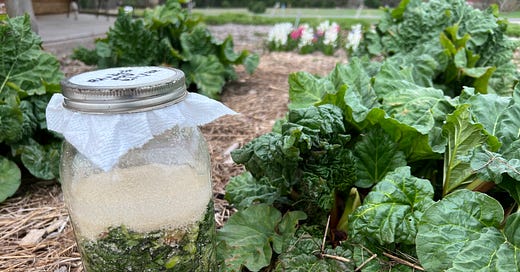





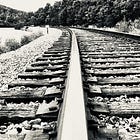

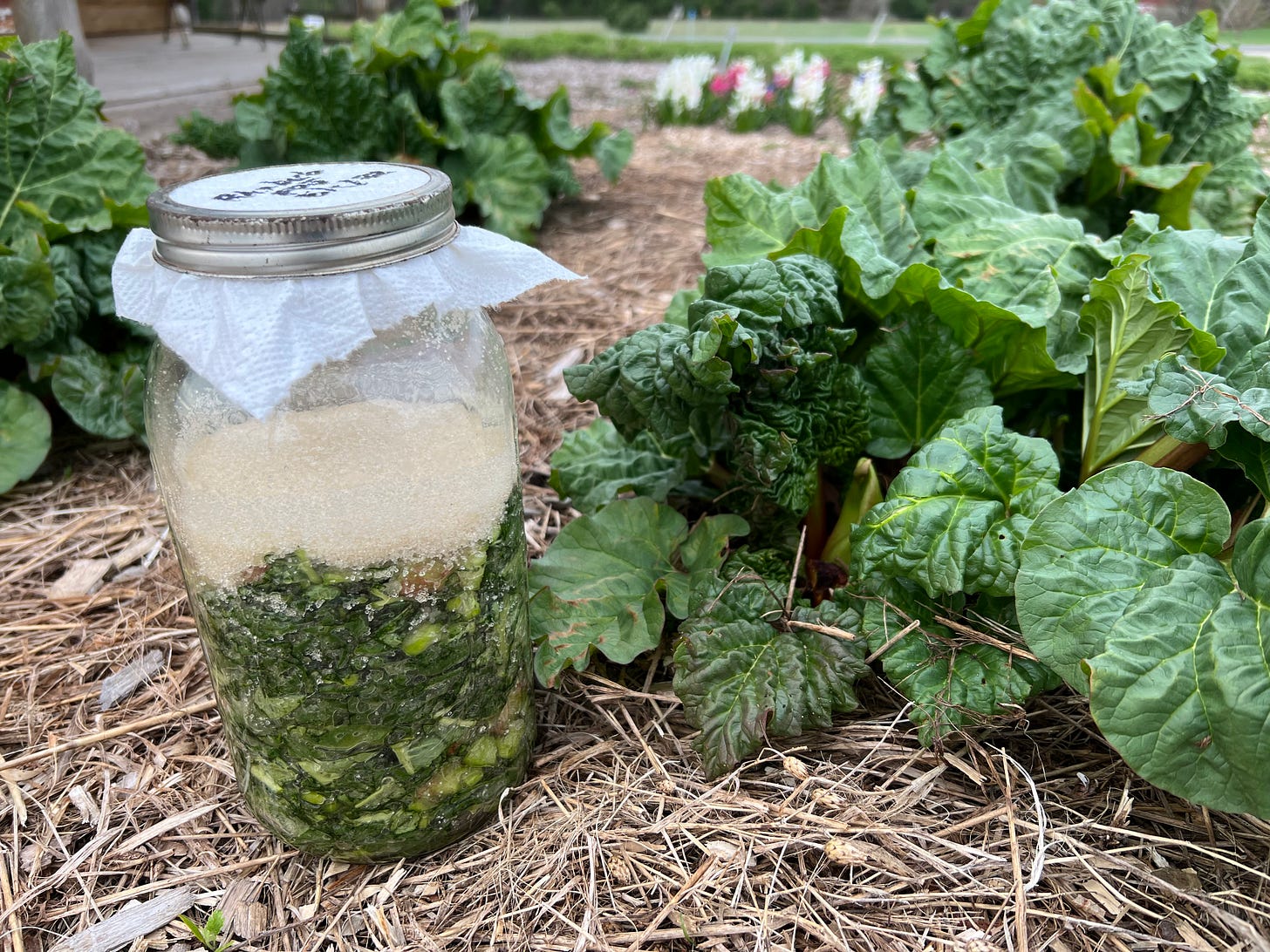

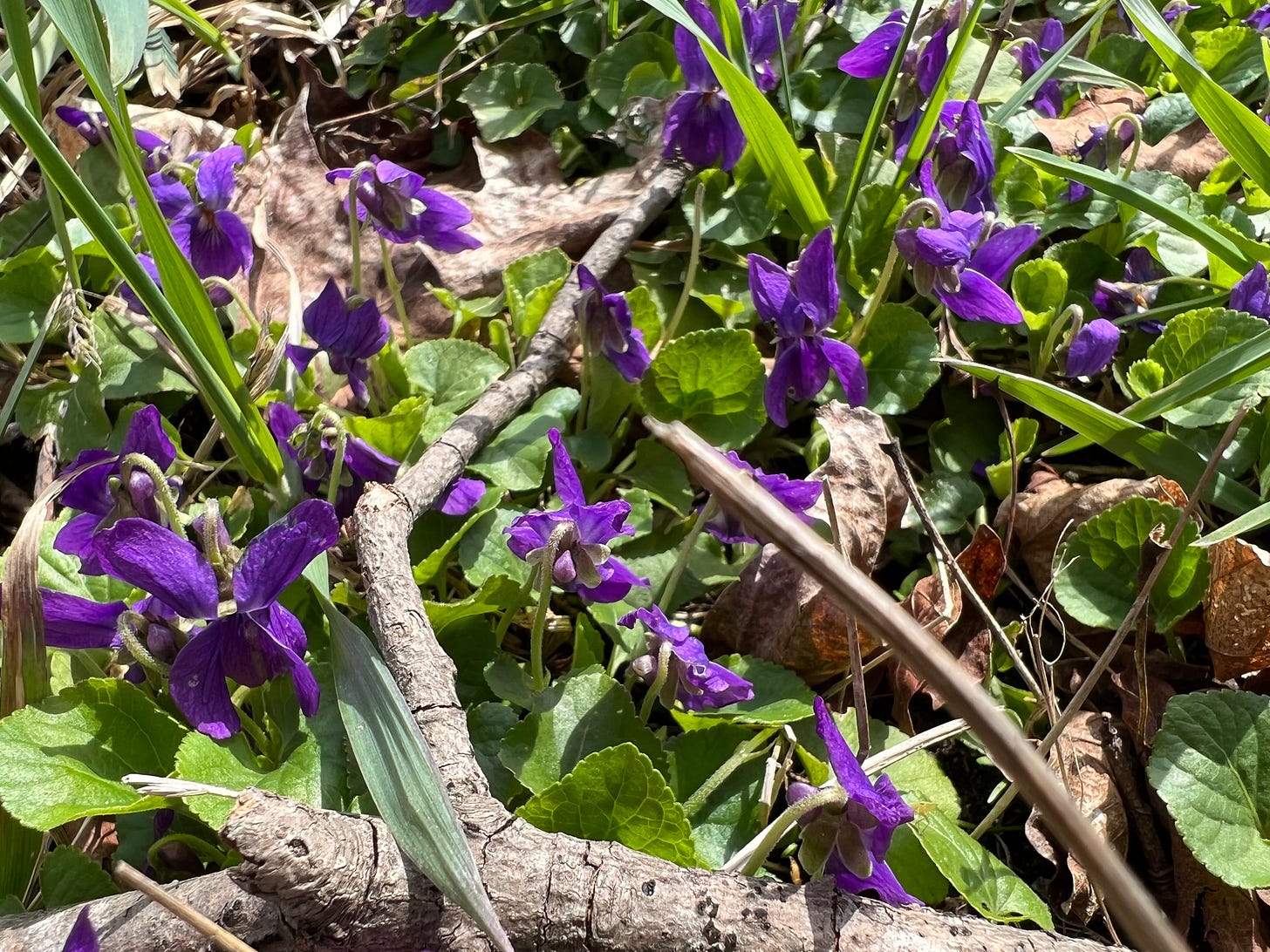
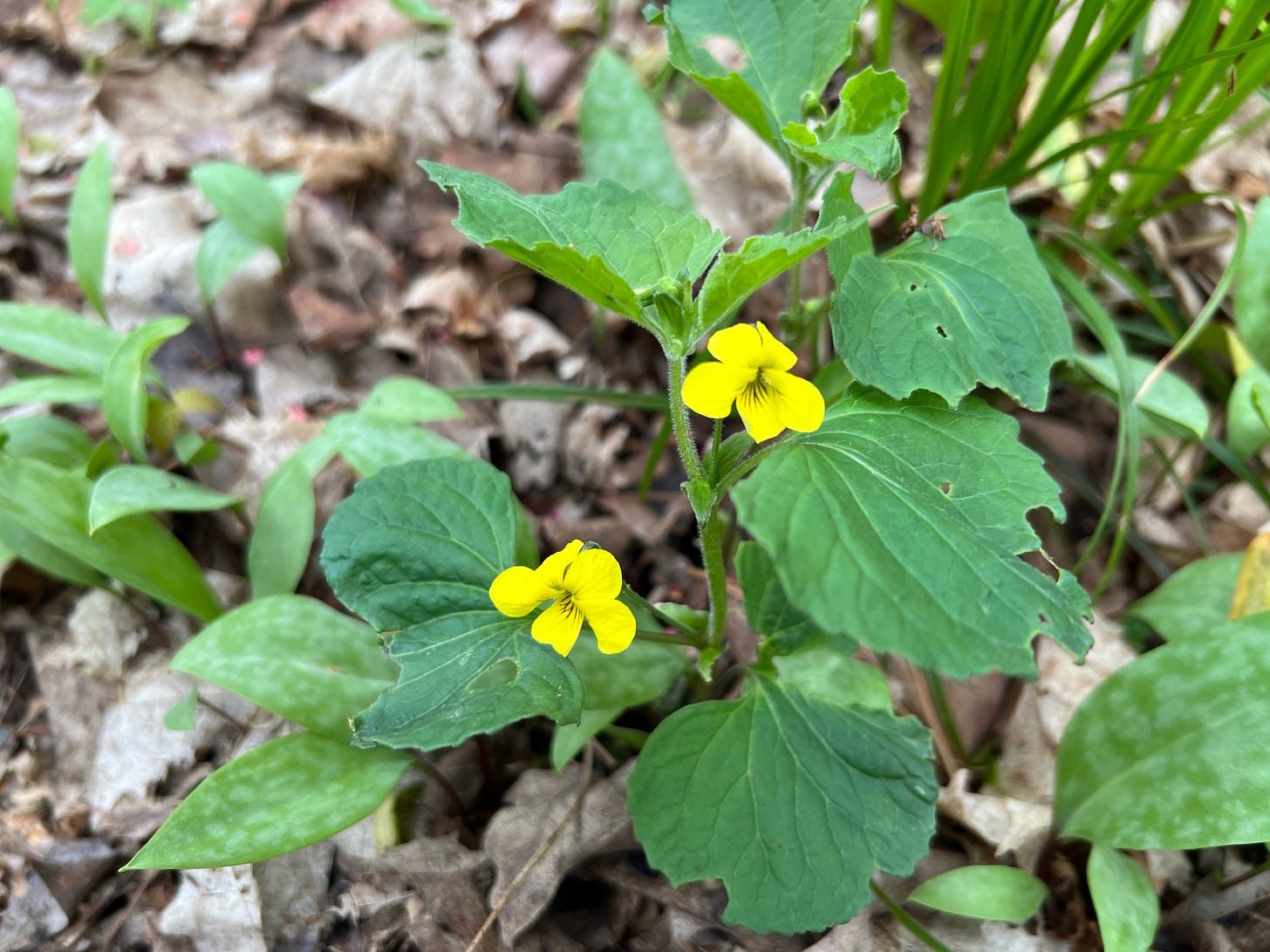

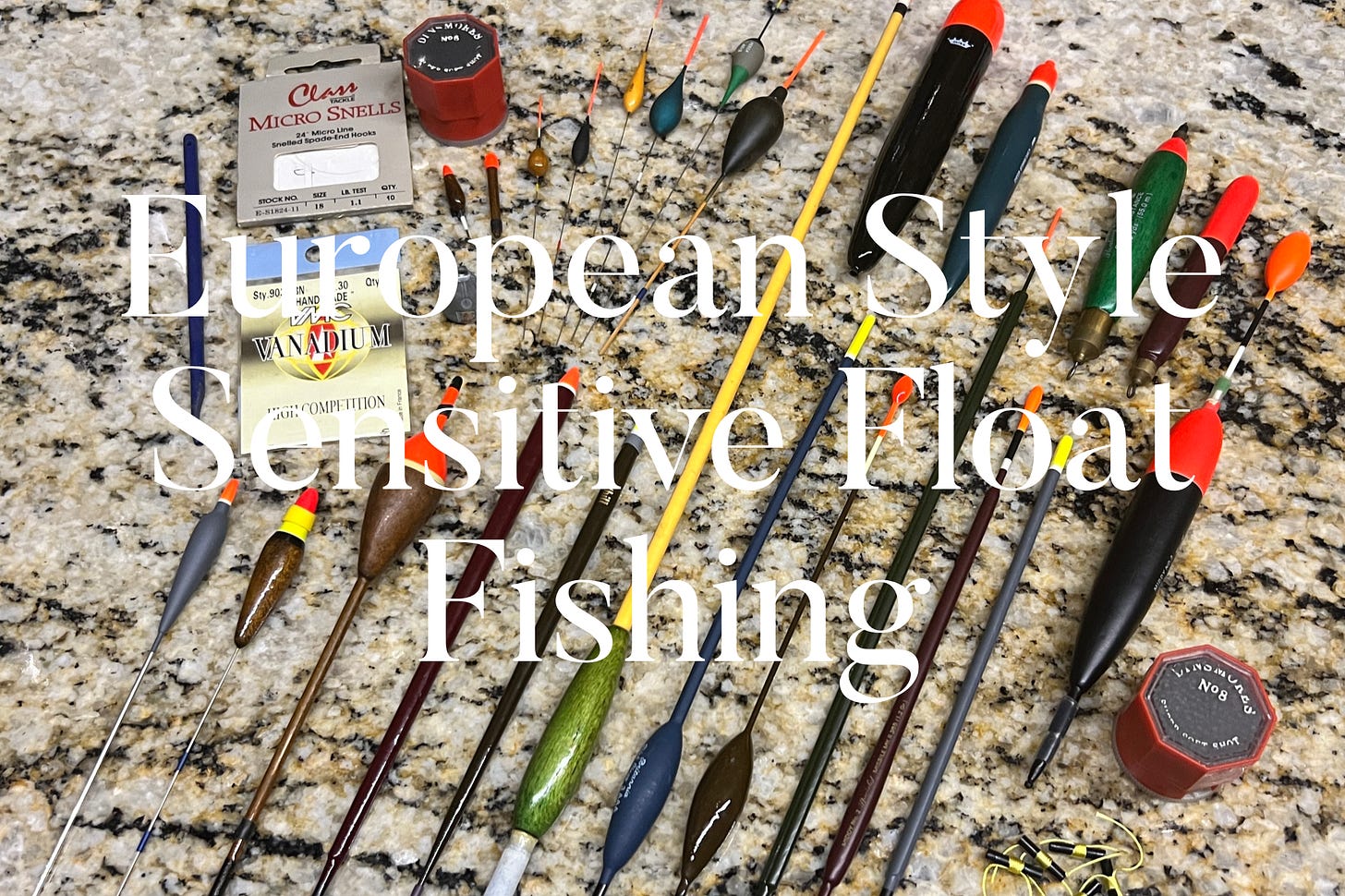


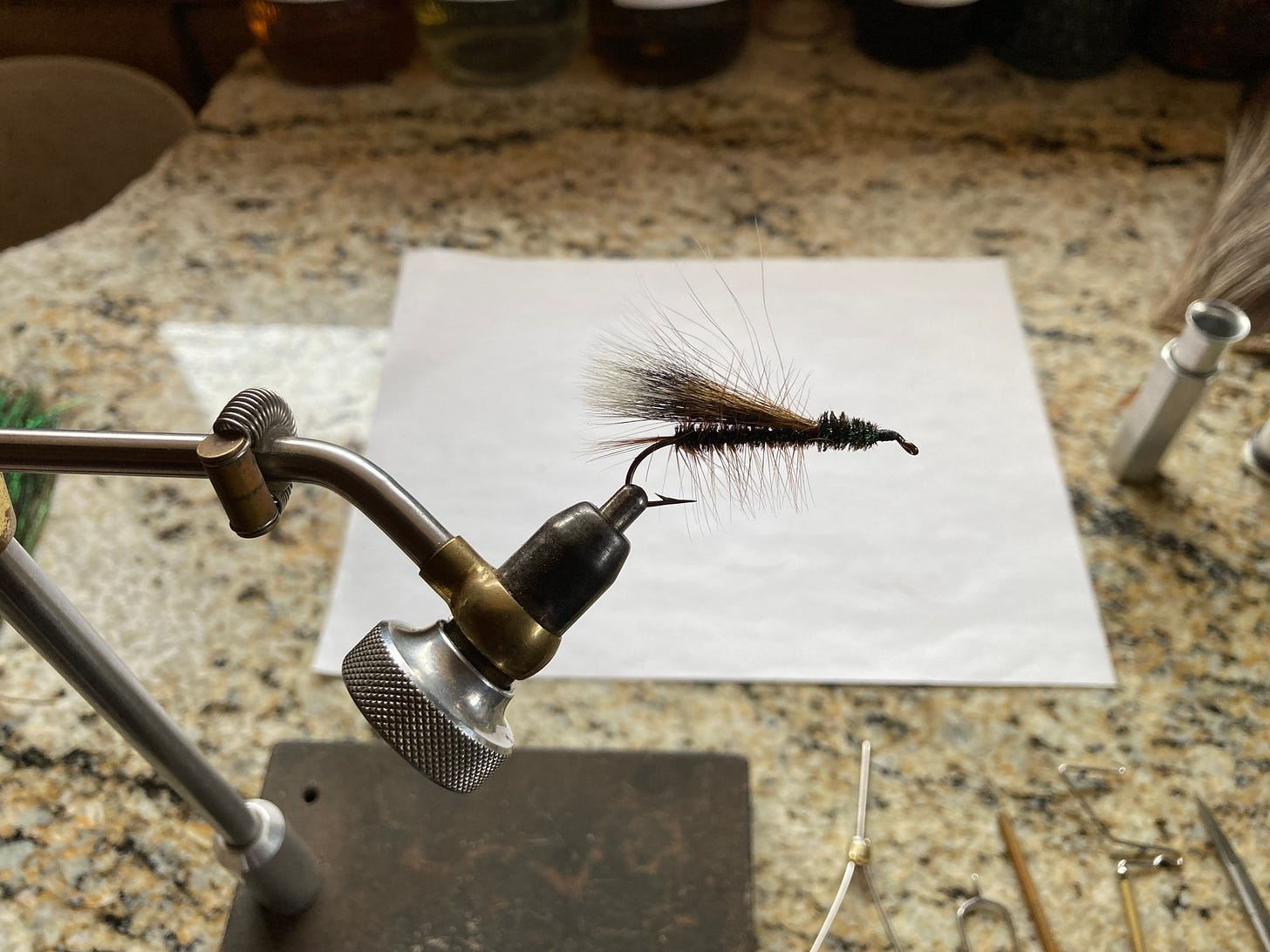

Very much looking forward to your next Heartfelt Exhortations portion. 🙏🏻❤️
Violets are a favorite of mine and can be found just about everywhere.